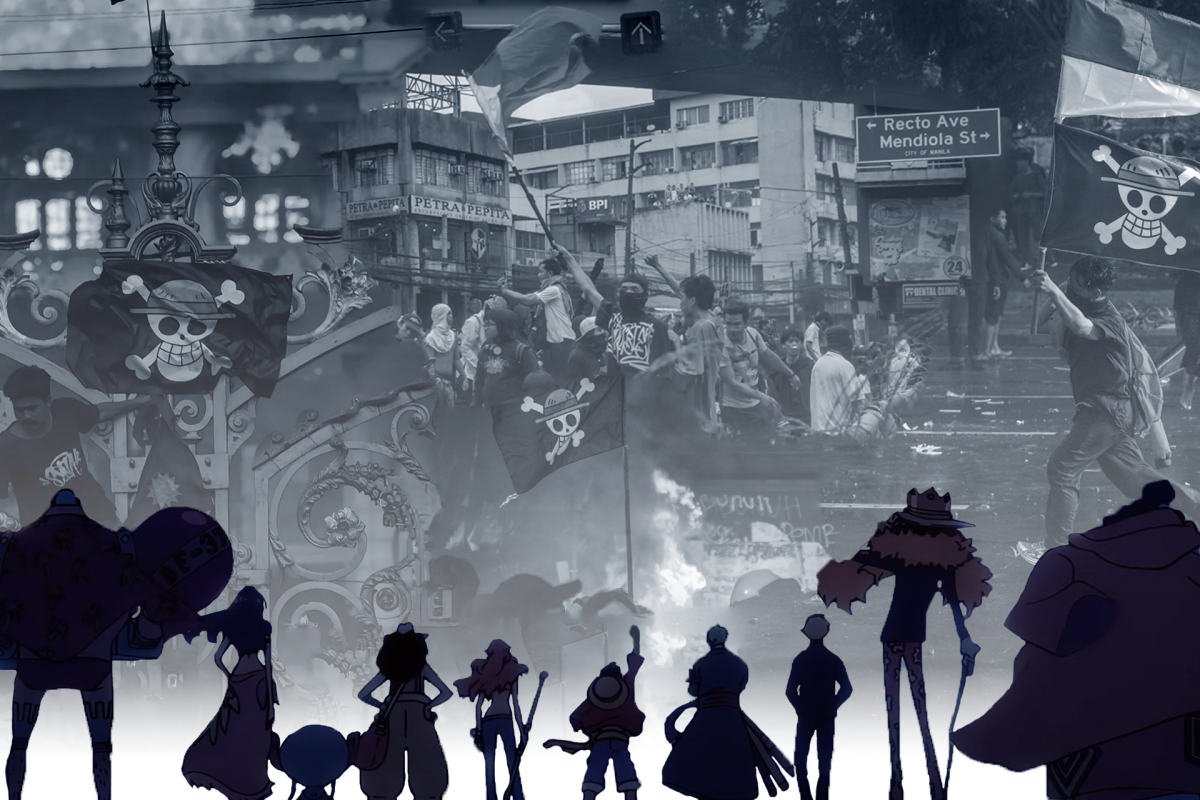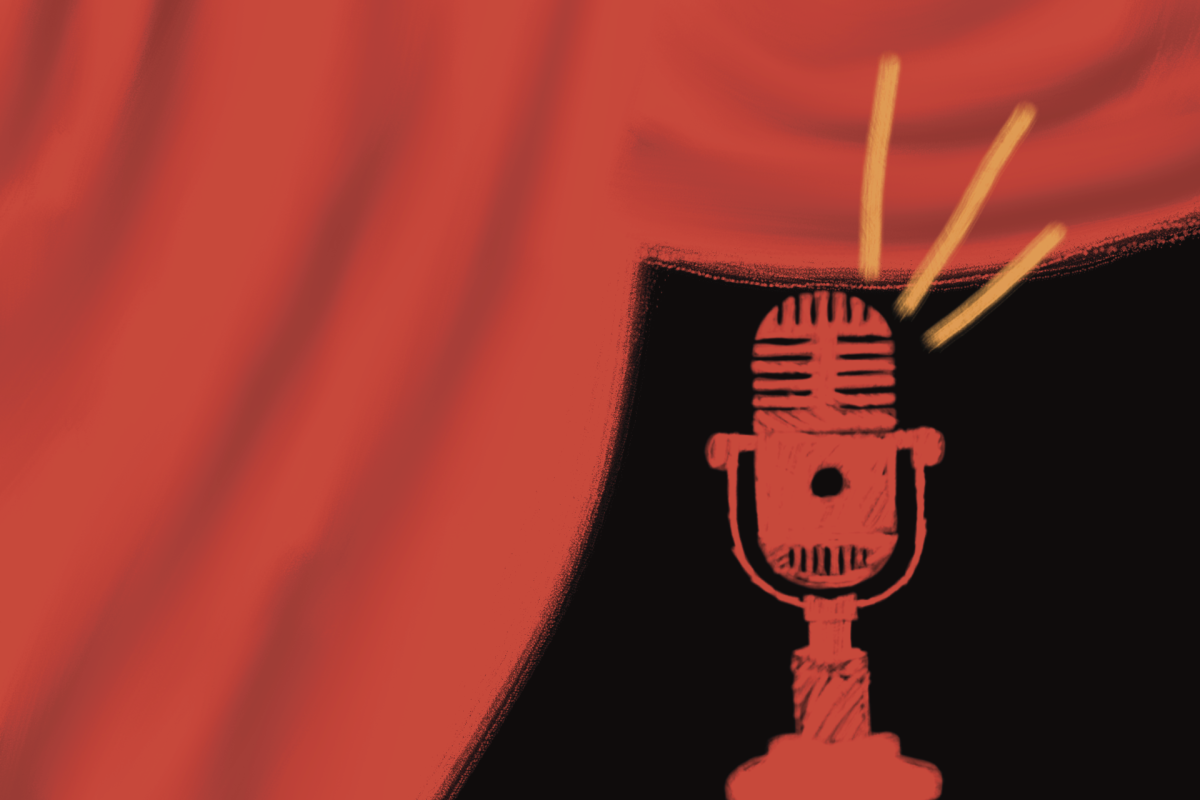With his foray into the noir sub-genre, filmmaker Guillermo del Toro evokes his keen sense of the macabre with carnivalesque curiosities and human manipulation. Following the critical success of his 2017 feature, “The Shape of Water,” del Toro continues his undying fascination with monsters, this time substituting fish-men for the darkness of human nature. Released in theaters Dec. 17, 2021, the lurking mysteries and charm of “Nightmare Alley” make it far more than a simple rehash of the 1947 original.
From the opening moments of “Nightmare Alley,” Stanton Carlisle (Bradley Cooper) is presented as a man with a past, not without underlying darkness. Flames engulf the cracking walls of a home as Carlisle unceremoniously buries a man underneath the creaky floorboards, basking in the destruction as he watches the fire destroy any remaining history. This man is his father, a symbolic message that persists throughout — that each character withholds inner evil and a note of hopelessness.
Carlisle’s journey continues to the shadowy grounds of a carnival of freaks and spiritual wonders amongst the murky setting of early 1940s New York City. Tones of green and blue smoke pervade the bright lights displaying the “wonders” of the carnival. Constant rain and snow occupy the environment emphasizing the world’s rough, punishing nature. A perfectly cast Cooper oozes charm and wit as Carlisle, the dominating factor that leads him to his important relationship with clairvoyant Zeena Krumbein (Toni Collette), and her mentalist husband, Pete Krumbein (David Strathairn). This relationship allows Carlisle to gain the mentalist skills that become his path to success, swindling the elite and vulnerable.
The transition from the low-carnival world to the upper-class urban environment that occupies much of the latter half of the film sees a great shift in tone and stakes in the film. Del Toro does an impeccable job in creating a sense of mystery with detailed visual elements. In his climbing of the social ladder, sets shift to the American Art Deco aesthetic, the prestige and glamor that Carlisle gains shown through the brighter, more stark lighting. Furthermore, the textured sound design allows for the world of “Nightmare Alley” to come alive and engulf the viewers in the shady paranoia that permeates each scene.
The introduction of mysterious psychiatrist Lilith Ritter (Cate Blanchett) creates an interesting dynamic for our protagonist. Her cleverness makes her a serious threat to Carlisle’s plot towards his big score. Hoping to swindle an infamous tycoon, capitalizing upon his grief and spiritual naivety, Carlisle’s character makes his full descent into greed. His greed manifests into his moral corruption, misusing his mentalist knowledge, something his mentor Pete had strongly warned against. The chameleonic Cate Blanchett portrays the slimy psychiatrist with great complexity, representing the femme fatale often depicted in noir and ultimately acting as Carlisle’s most formidable foe.
While Carlisle and Ritter are given their opportunity for expression, much of the supporting characters’ relationships seem underdeveloped. Namely, the relationship between Carlisle and lover Molly Cahill (Rooney Mara) is missing a certain connection that leaves the journey feeling underwhelming and forgettable.
Additionally, the relationship with creepy carnival owner Clem Hoatley, played by the brilliant Willem Dafoe, seems incredibly underutilized as the film eliminates his character despite his apparent importance in the first act. Carlisle begins to physically embody Hoatley throughout the film through costume design, and his moral descent is not far from the precedent Hoatley’s character set previously. His character is one of the most compelling, playing a key role in our protagonist’s development, making his dismissal even more puzzling. Additionally, the film’s pacing feels sporadic, unable to find a proper structure — its climax simply not worth the prolonged “slow burn.”
Unlike most of del Toro’s features, fantastical creatures are not present. However, like in all his features, the true monsters are present — humans. “Nightmare Alley” is less concerned with the freaks and tricks that occupy this world of deception; rather, it’s concerned with their manipulative motivations. The film lacks the emotional depth of his most acclaimed features, falling flat on ambitious ideas. Nevertheless, the meticulous attention to detail and atmospheric world-building gives this film a voice of its own. With the combination of its noirish charm and a first-rate performance from the exceptional Bradley Cooper, this shadowy thriller is worth the price of admission.
Edited by Camila Fowler | [email protected]








